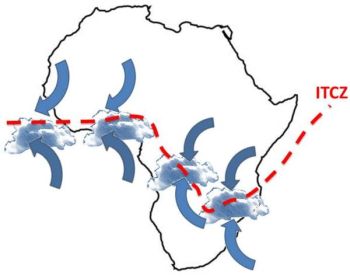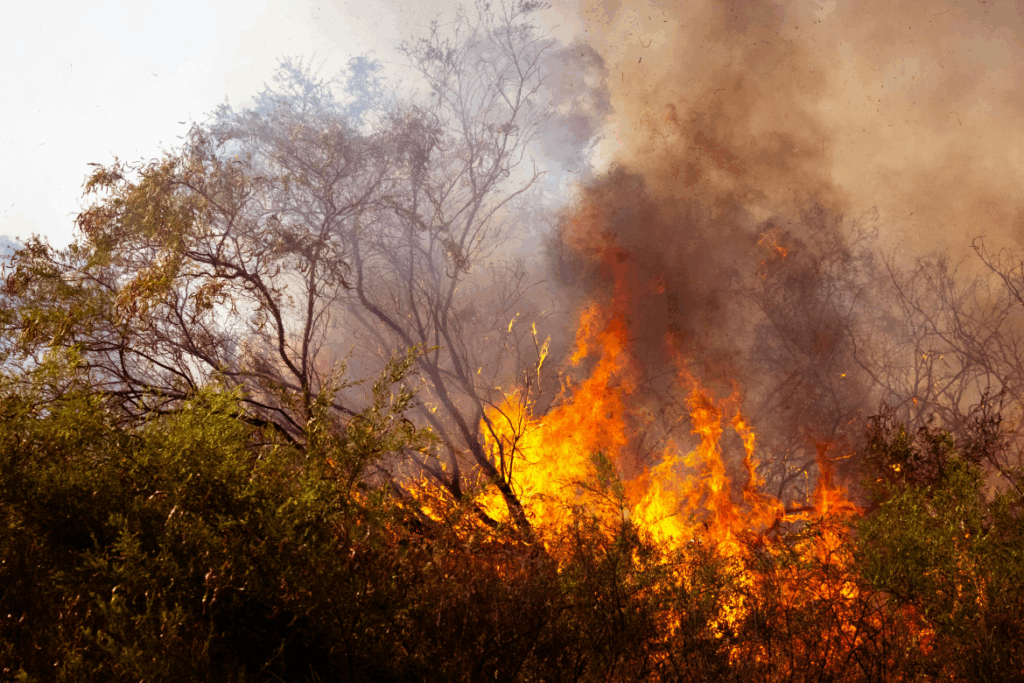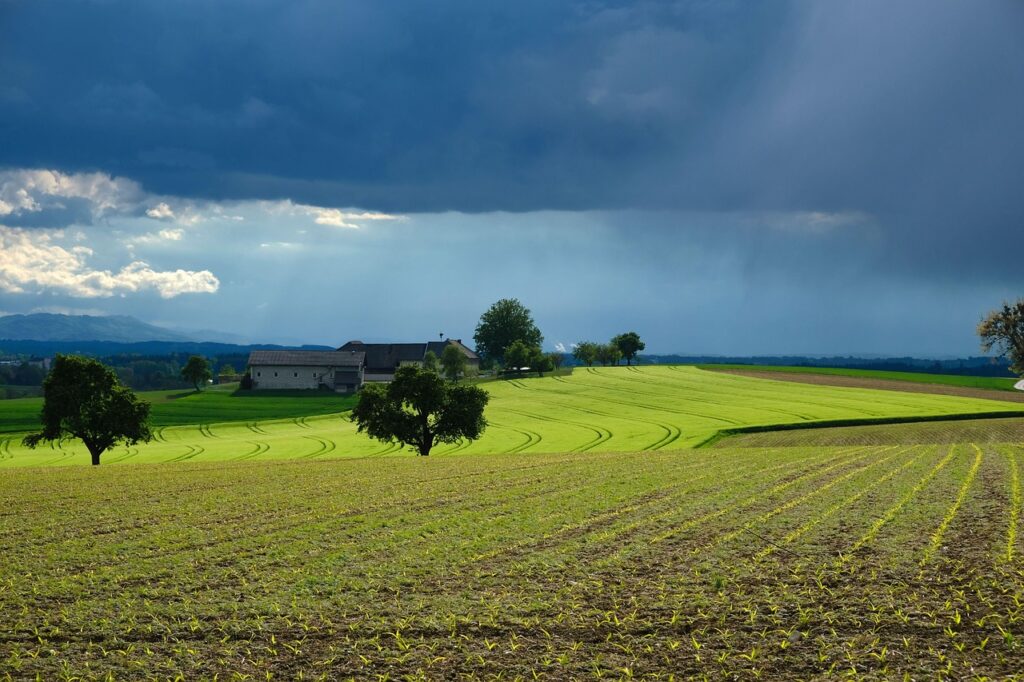Did you ever notice how the increased winds in August in South Africa’s interior are closely linked to the seasonal transition from winter to spring?
Vox Weather Meteorologist Michelle du Plessis tells us more.

During winter, much of South Africa is dominated by a stable high-pressure system over the interior. By late winter, this high-pressure system begins shifting as the Intertropical Convergence Zone (ITCZ) also moves further south, while cold fronts from the southwest continue to pass across the country.
The interaction between these different air masses, namely colder, denser air from the west and warmer, lighter air building over the interior, creates a tighter pressure gradient. A tighter pressure gradient causes air to move faster, which is experienced as stronger winds.
At this time of year, vegetation and soils are generally at their driest after months of limited rainfall. This allows dust and sand to be lifted more easily by the wind, and also creates ideal fuel for fires. The combination of dry vegetation, low humidity and strong winds makes it far easier for flames to spread rapidly and become uncontrollable.
These conditions are a key reason why August is one of the worst times for any open burning, as even a small spark can quickly escalate into a runaway wildfire.
When Will the Rains Come?
The ‘August winds’ is generally a late‑winter feature that usually builds from late July, peaks through August, and fades during early to mid‑September. Mechanistically, the windiness is driven because of strengthening pressure gradients between lingering cold fronts to the southwest and a warming interior.
In most years, the interior’s first spring showers arrive mid to late September, but they’re usually light and isolated. The true start of the rainy season, with consistent, useful rainfall, tends to occur from October into early November.
Recent research confirms a shift toward a later onset of rain, especially in Gauteng and surrounding areas. What was once expected in September now often only establishes in October or even November.
This trend is linked to climate change and ENSO cycles, with El Niño years delaying rain and La Niña favouring earlier onset.
The bottom line is that the spring rains are coming, but they’re running later than they used to.

As the frontal influence relax and low‑level moisture flux from the northeast strengthens, winds generally ease from their late‑winter peaks and thunderstorm days begin to appear.
A practical rule of thumb is a one to four week overlap or transition: the gusty late‑winter pattern tapers off in early to mid-September; the first weak convective events pop up mid‑ to late September; and finally more reliable rainfall usually arrives in October.
Are We Seeing a Change in the Beginning of the Seasonal Spring Rains?
The short answer – in Michelle’s opinion – is yes.
She believes that there has been a change in the beginning of the seasonal spring rains in South Africa in recent times.
It matters because:
- Rainy seasons are arriving later, shortening the wet window: A study across southern Africa confirms that the wet season is starting later, which also means shorter rainy periods and lower overall rainfall in many regions.
- Climate change is a major culprit: Longer-term climate projections, especially under high emissions scenarios, suggest that shifts in global rainfall timing are already underway. In southern Africa, these shifts are tied to delayed wet-season starts, likely influenced by warming trends and changes in atmospheric circulation.
The Role and Effects of Fire
In the Western Cape, fire is essential for fynbos regeneration. In the interior grasslands and savannas, fire also plays an important ecological role, but timing and intensity matter.
Well-timed, cooler burns (usually done controlled, under calm, moist conditions) help remove old grass, stimulate new growth, and control bush encroachment.

However, August fires driven by strong winds are often too hot and fast, making them more destructive than beneficial. These fires can damage soil, kill recovering vegetation, and destroy grazing land.
So while fire is natural and even necessary in some ecosystems, the August fire season in the interior is more risky than helpful, especially when fires are uncontrolled and fuelled by dry, windy weather.
What Does This Mean on the Ground?
Farmers, planners and residents relying on spring rains can no longer count on September showery starts. In practice, October is fast becoming the more dependable month for meaningful rainfall, especially across Gauteng and the interior.
The bottom line?
Yes, spring rains are shifting later in South Africa. Research confirms that it’s happening, and that climate changes are steering the trend.
- Recent studies show that the later start to the rainy season is linked to a combination of climate change and natural climate patterns.
- Climate change is shifting weather patterns globally, including when and how rain falls in South Africa. Warmer temperatures affect how long dry seasons last and delay the arrival of reliable rain.
El Niño and La Niña also play a role. El Niño years tend to bring later and weaker rains, while La Niña often brings earlier and wetter conditions. We are expecting a weak La Niña to develop by summer, which may result in above-normal rain in the summer over the summer rainfall regions.

